Common Wallpaper Mistakes and How to Avoid Them
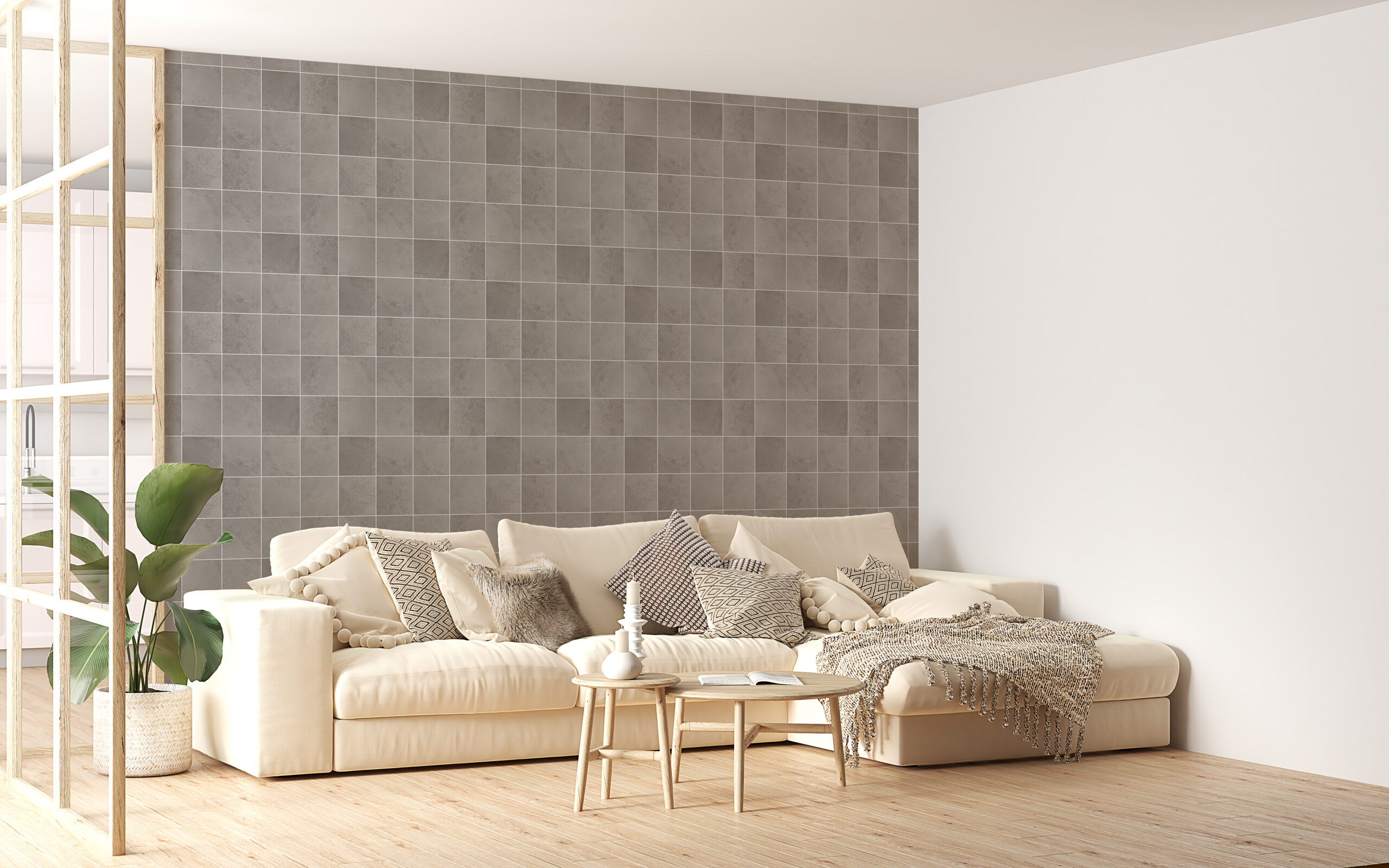
Wallpaper can completely change the character of a room, offering color, pattern, and texture in a way paint cannot. It’s a project that many people can do themselves with a little patience. However, a few common pitfalls can turn an exciting design choice into a frustrating experience. Knowing these potential issues beforehand can make the difference between a professional-looking finish and a disappointing result. This guide walks through the most frequent mistakes and gives you simple, clear advice on how to sidestep them for a beautiful outcome.
The Foundation Planning and Preparation
A successful wallpaper project begins long before the paper touches the wall. The majority of issues arise from inadequate planning and preparation. Taking the time to get these initial steps right will save you significant trouble later on.
Underestimating Wall Preparation
The most frequent error is applying paper to a wall that isn’t properly prepared. This will lead to bumps, poor adhesion, and difficult removal down the line. A wall with a glossy paint finish, dirt, or imperfections will prevent the wallpaper from sticking correctly. The final finish will only be as smooth as the surface underneath it.
How to Avoid It Proper prep is non-negotiable. Start by cleaning your walls with a mild soap and water solution to remove any dust or grime. Fill any holes or cracks with spackle, and once dry, sand them smooth. It is highly recommended to apply a coat of wallpaper primer. A primer gives the wall a uniform, non-porous surface for the paper to grip onto, and it makes removal much easier in the future.

Inaccurate Measuring and Ordering
There are few things more deflating than running out of wallpaper with only one small section left to go. Ordering too little is a major headache, as buying a new roll later might mean you get one from a different batch number, which can have slight color variations that are very noticeable once on the wall.
How to Avoid It: Measure the height and width of each wall you plan to cover and multiply them to get the square footage. As a rule of thumb, always order about 15% more than you think you need. This extra amount covers any cutting mistakes and gives you a small leftover amount for future repairs. Always check that all your rolls have the same batch number before you begin.
Misunderstanding the Pattern Repeat
You’ve found a beautiful patterned wallpaper, but when you put it on the wall, the design from one strip doesn’t line up with the next. This happens when you don’t account for the pattern repeat, which is the vertical distance before the pattern starts over again.
How to Avoid It: The pattern repeat measurement is listed on the wallpaper’s label. When cutting your second strip and all that follow, you must align it with the strip already on the wall to ensure the pattern matches perfectly. A large pattern repeat often means more potential waste, which should be factored into your order amount.
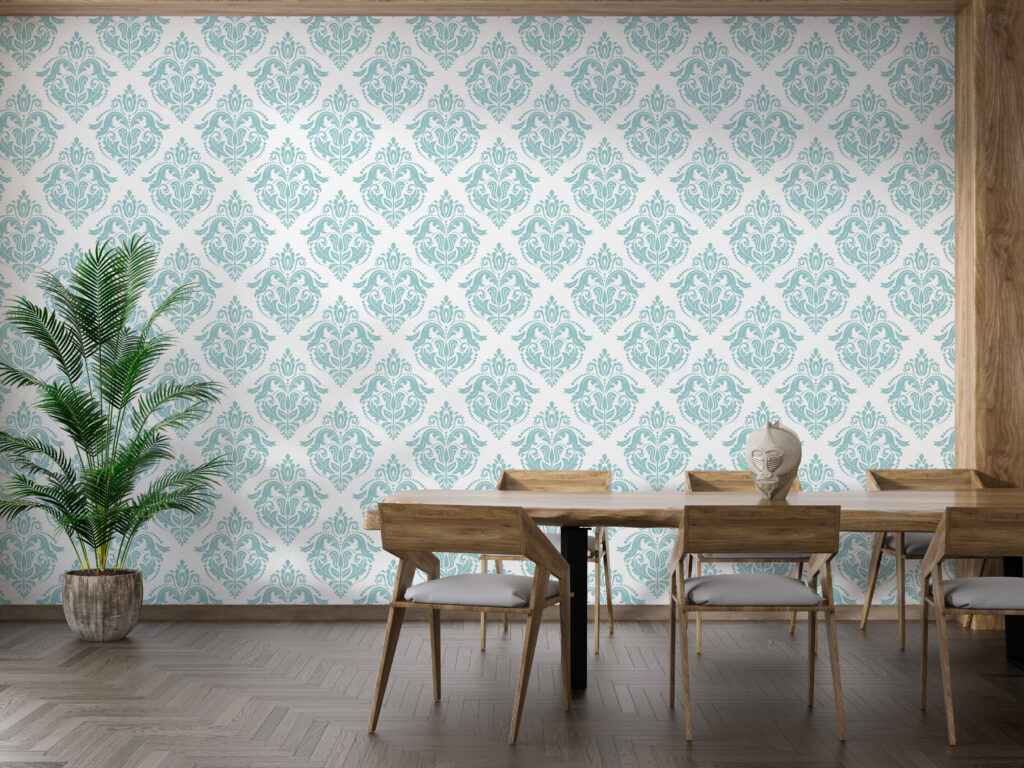
Choosing the Right Materials
With a prepared wall and a plan in hand, the next phase is selecting the wallpaper itself. A common misstep is choosing a paper based on looks alone, without considering its material and application method.
Selecting the Wrong Paper for the Room
Not all wallpapers are made equal. A delicate, hand-printed paper won’t last long in a high-traffic hallway or a steamy bathroom. Using the wrong material for the environment will lead to peeling, staining, or damage. For areas that see a lot of daily life, like an entryway or living room, a durable and scrubbable vinyl paper is a wise choice. A high-quality textured brick wallpaper, for example, is not only resilient but also excellent at hiding minor surface imperfections.
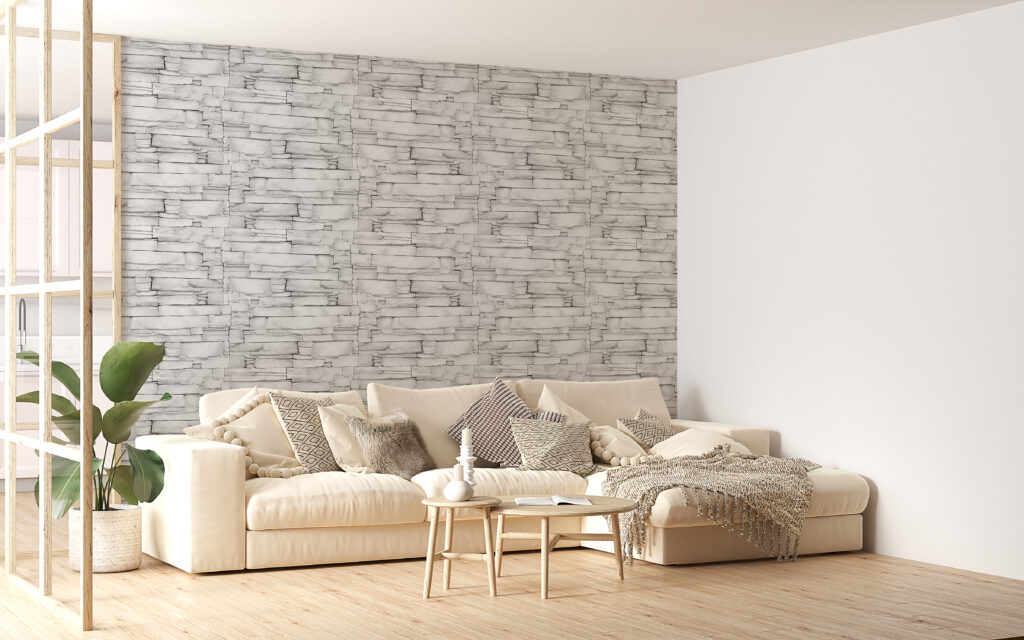
For quieter spaces that don’t have as much traffic, you can prioritize appearance over durability. A beautiful bedroom mural can act as a stunning piece of art, and since it is in a low-impact area, its more delicate surface is not a concern. In this case, the visual effect is more important than its ability to withstand wear and tear.
Overlooking the Application Method
A first-time DIYer might be surprised by the work involved in a traditional wallpaper that requires applying paste. It’s important to understand the different application types before you commit to a purchase. Modern options include paste-the-wall types, which many find easier than older methods. For an even simpler process, stickable wallpaper comes with a self-adhesive backing, removing the need for any separate pastes or water trays.
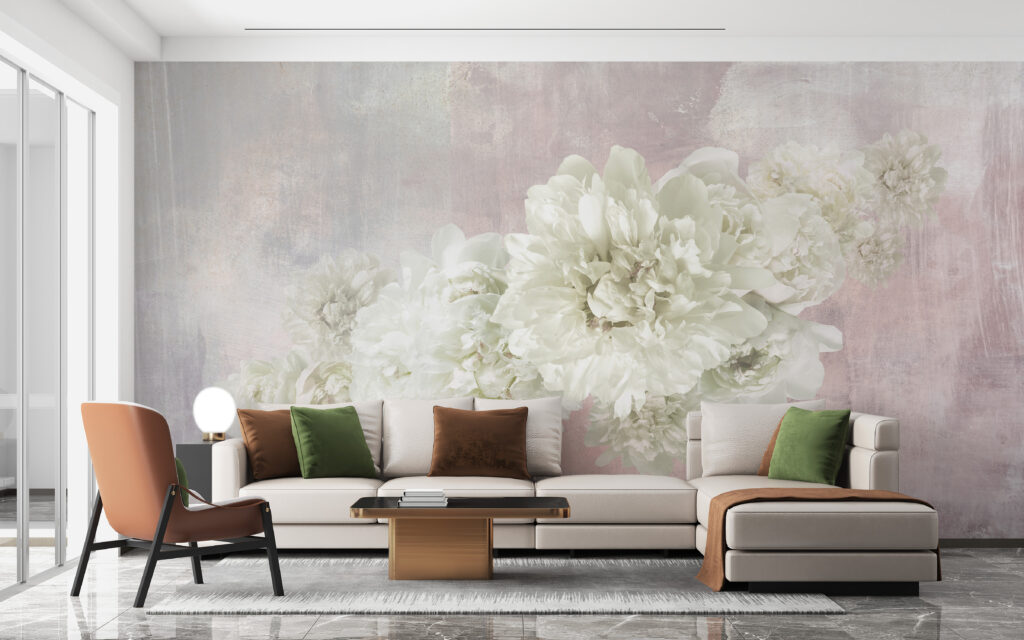
A key benefit of this peel-and-stick technology is that it is often designed for clean removal. This makes it the perfect temporary wallpaper for renters or anyone who enjoys changing their decor frequently. This type of paper can be applied and later taken down without leaving residue or damaging the wall surface, which is an ideal solution for apartments or dorm rooms.
The Application Process Technique Matters
With the right paper chosen, the final stage is the application. Here, small mistakes in technique can have a very visible impact on the finished look.
Starting in an Unsuitable Place
It’s tempting to start neatly in a corner, but this is often a mistake. Very few rooms have perfectly straight, 90-degree corners. If you use a crooked corner as your guide, your entire wallpaper pattern will slowly drift out of alignment.
How to Avoid It: Use a level or plumb line to draw a perfectly straight vertical line to guide your first strip. A good place to draw this line is near the center of your main wall. This ensures your starting point is straight, even if the room is not. You can then work outwards from this first perfect strip.
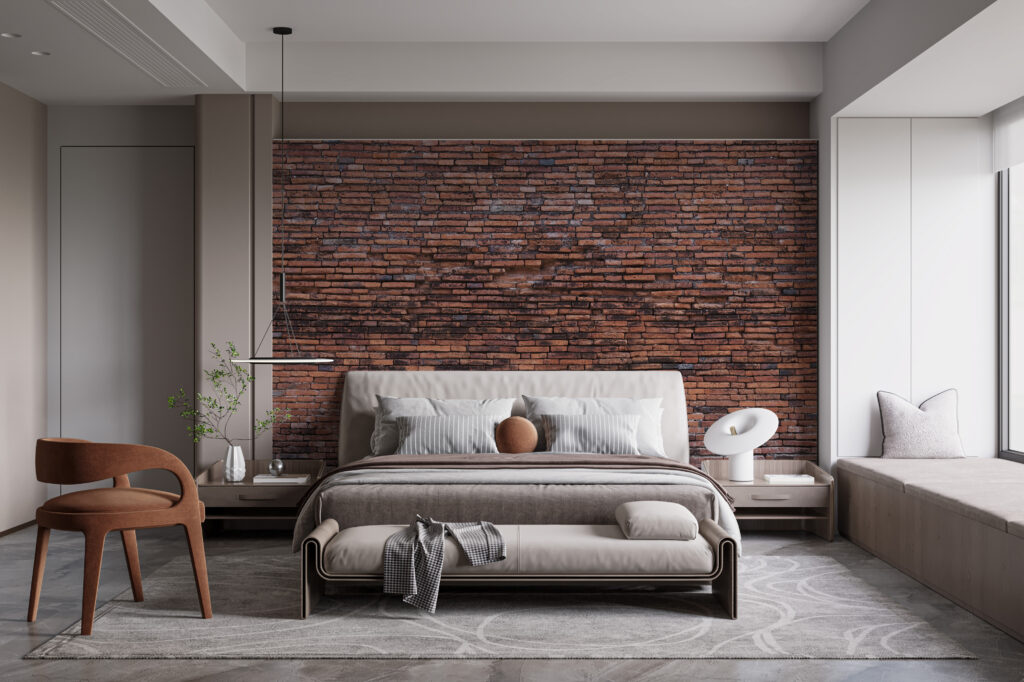
Rushing the Details and Seams
Visible glue, peeling seams, or noticeable gaps between strips are telltale signs of a rushed job. These small details are what separate a good finish from a great one.
How to Avoid It: Patience is key. Keep a damp sponge handy and gently wipe away any excess glue from the surface as you go. Use a seam roller to lightly press the edges of each strip together, but don’t push so hard that glue squeezes out. To prevent gaps, make sure you properly “book” the wallpaper if the instructions require it. This means letting the pasted paper rest folded for a few minutes, allowing it to expand before it goes on the wall, which prevents shrinking and gaps later on.



